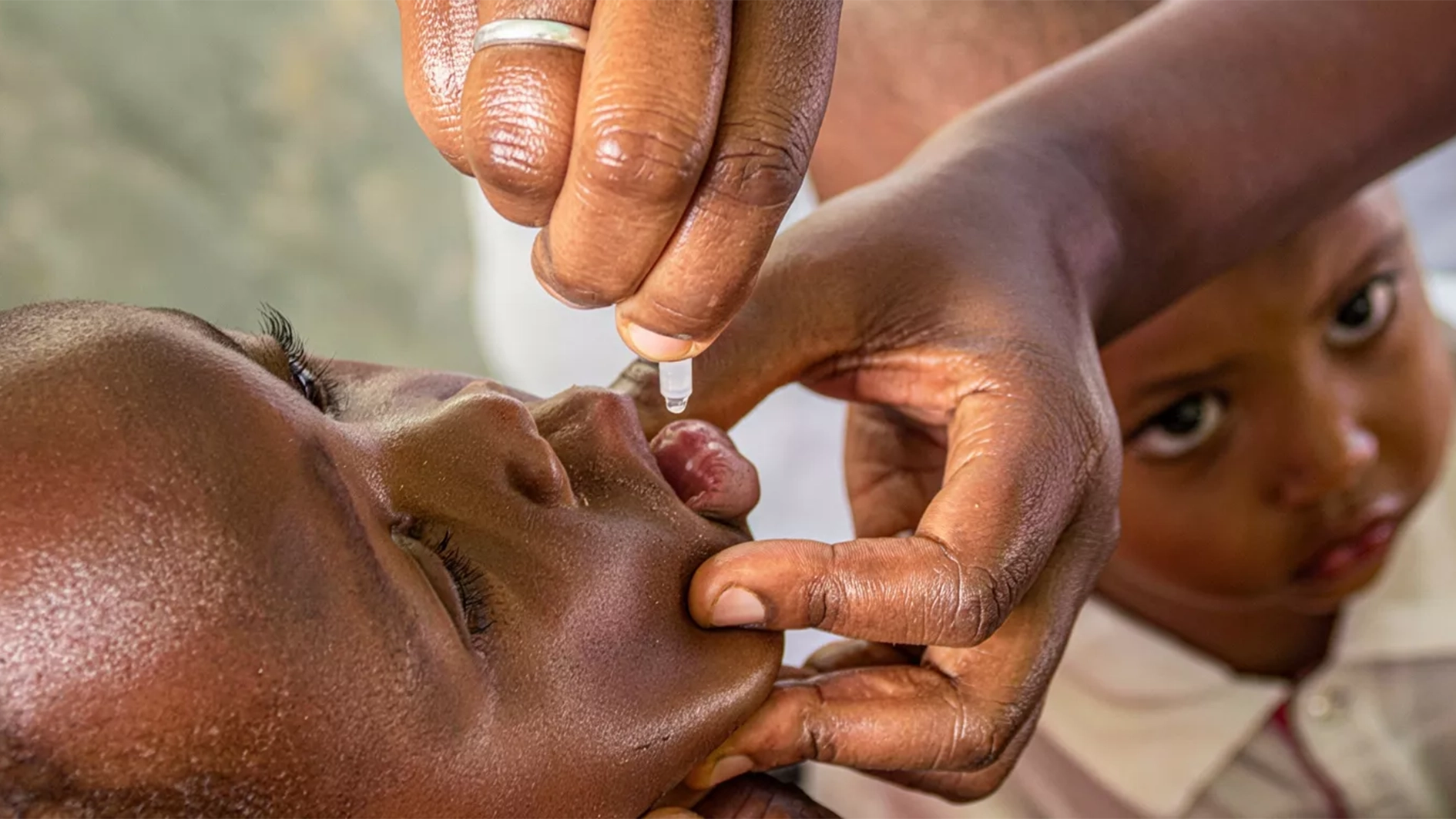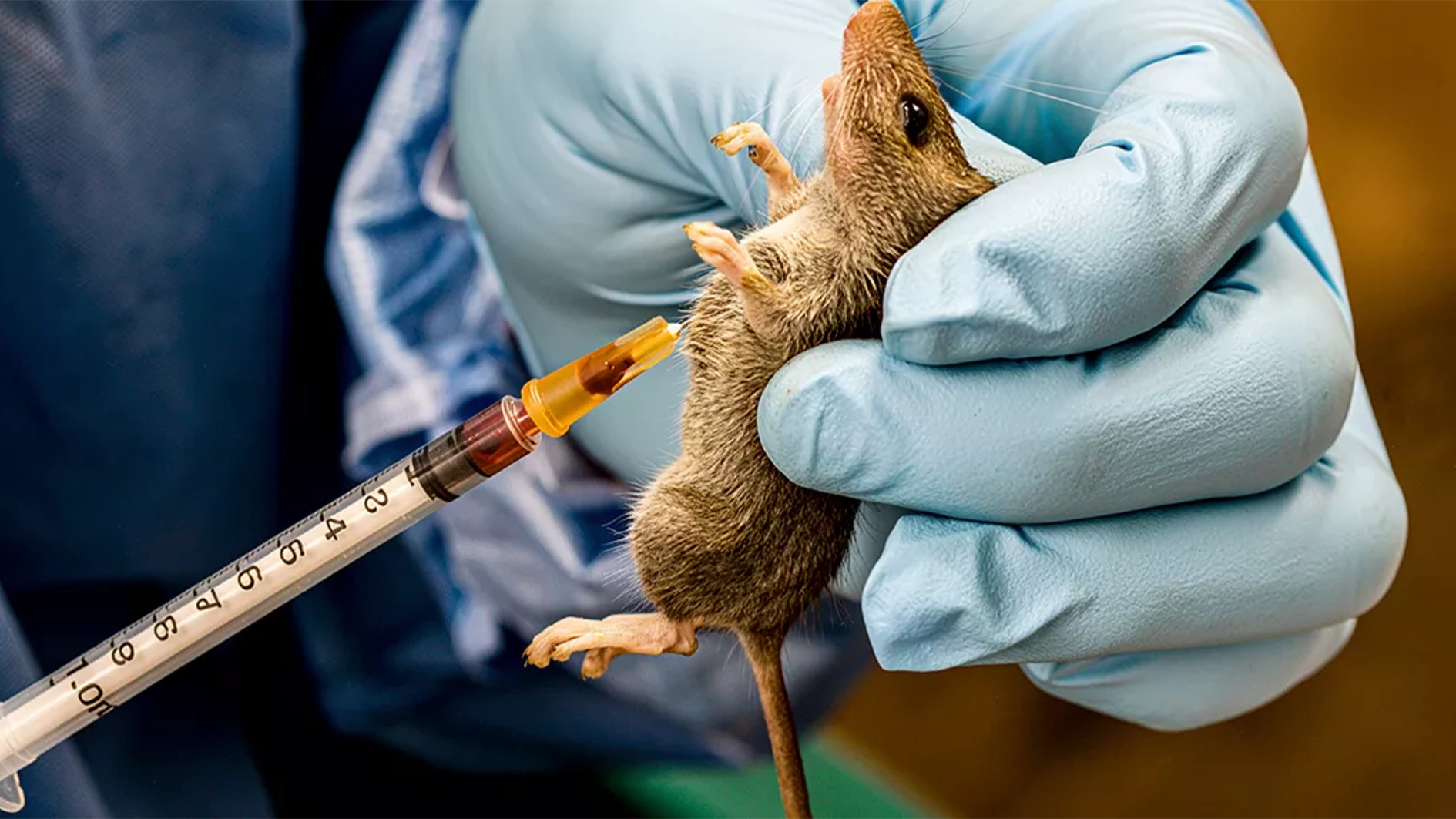
Molecules made by bacteria keep mosquitoes at bay. The compounds are newfound potential stand-in for DEET. N,N-Diethyl-meta-toluamide, also called DEET or diethyltoluamide, is the most common active ingredient in insect repellents. In lab tests, the molecules were as effective as DEET in stopping Aedes aegypti mosquitos, which can carry Zika, dengue and yellow fever, from snacking on artificial blood.
The tests published January 16 in journal Science Advances suggest the compounds also deter two other mosquito species: Anopheles gambiae, a major malaria carrier, and Culex pipiens, which can carry the West Nile virus. Though DEET is considered safe for human use and effective against mosquitoes, it doesn’t hurt to have more lines of defense against the disease-transmitting insects, says coauthor Susan Paskewitz, an entomologist at the University of Wisconsin–Madison, United States.
The molecules in question are metabolic by-products of Xenorhabdus budapestensis, a bacterium that has a symbiotic relationship with a species of soil nematode. When the nematode finds an insect host such as a caterpillar, it burrows in and defecates the bacteria into its host’s bloodstream. The bacteria weaken the host’s immune system and turn its insides to mush — a sort of “bacteria-insect milkshake” — which rapidly kills the host, says Adler Dillman, a nematologist at the University of California, Riverside who wasn’t part of the study.
Scientists have found other insect-killing compounds made by other bacteria in the same genus, but this is the first time bacterial compounds have been shown to ward off adult mosquitoes.
The repelling molecules might be aimed at preventing other insects from stealing nematodes’ kills, Dillman says. It’s interesting that those compounds work against mosquitoes, because the soil-dwelling nematodes that the microbes call home would probably never interact with mosquitoes in the wild. Paskewitz’s colleague Que Lan, also at UW–Madison, had been hunting for microbes that might generate insect-killing molecules, and these bacteria were one candidate.
In one experiment, Lan’s team tried to get mosquitoes to feed from cotton balls dipped in extracts from the X. budapestensis bacteria, to test whether the bacteria-made molecules worked as an insecticide. But “the mosquitoes wouldn’t go near the cotton balls,” Paskewitz says. Something seemed to repel the insects before they even got a taste. “That was fascinating.” When Lan died unexpectedly, Paskewitz inherited the project.
She and her colleagues cultured more of the bacteria, extracted molecules that the bacteria produced, then added those extracts to artificial blood brews and watched mosquitoes feed in the lab. (The team created different extracts by separating the molecules by their physical characteristics.) Extracts most effective in putting mosquitoes off their food were rich in molecules called fabclavines.
Paskewitz and her colleagues plan next to grow bacteria missing the genes to make fabclavines to test whether those compounds are truly responsible. Even if that’s successful, it would be a long time before the molecules are packaged and available for your next camping trip. Researchers need to test for toxicity and confirm that the molecules are effective outside of the lab in a real-world context.
[ad unit=2]






